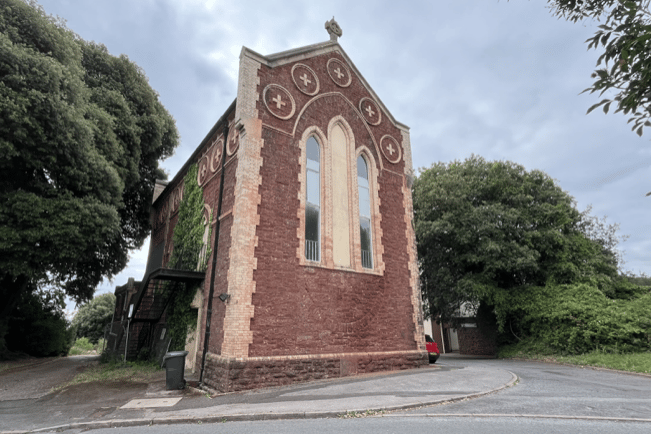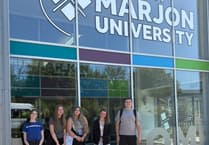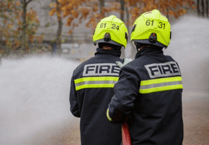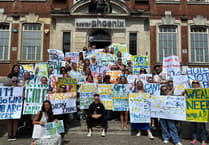A MONASTERY which once served as a beacon for seafarers returning to port in Torbay is up for grabs.
Torbay Council has confirmed that it is trying to dispose of the huge Victorian building off Berry Drive because it would cost too much to repair.
The monastery belonged to the Catholic Order of Marist Fathers from 1883 until 1971, when the council took it over.
Since then it has had a number of uses including a family support centre and a foodbank, but the local authority says it is now ready to get rid of it.
No price has yet been set.
Cllr Cat Johns (Lib Dem, Clifton with Maidenway) raised the issue at a recent council meeting, asking what the council was doing to bring the building back into use.
She asked: “Could a community centre for the Clifton with Maidenway ward, which is mainly residential and does not have a community centre, be part of the solution?”
But Cllr Chris Lewis (Con, Preston) said that was unlikely.
He explained: “The Old Monastery has been vacant for some time and has been subject to several requests for use by different groups over the last few years.
“However, the current condition of the building is such that a significant sum of money would need to be expended to bring the space back up to a habitable condition.
“Given the condition, it is not practical or cost effective to spend the sums of money required on the building and, as such, the building is currently on the list of assets that the council intends to dispose of.
“Work is ongoing to bring a disposal forward.”
According to the Paignton Heritage Society, the monastery was established when Catholic priest Father Pimore bought the property known as Quarry House in 1881, intending to create a new place of worship for the town.
The chapel opened in June 1883 with a mass sung by the Bishop of Plymouth.
On the roof is a cast iron statue known as The White Lady, which was illuminated at night to be used by skippers as a landmark on their way back to harbour.
Hundreds of students passed through Paignton on their way to the priesthood, but numbers dwindled to the point where the monastery had to rely on selling garden produce and letting rooms to survive.
In 1971 the Marist priests moved to London, and since then the monastery has been the Lions’ Club, Victim Support, Nightingales Children’s Project, a food bank and family support centre.
The council voted to sell the building back in 2019. Suggested future uses have included affordable housing. The building is not listed.





Comments
This article has no comments yet. Be the first to leave a comment.